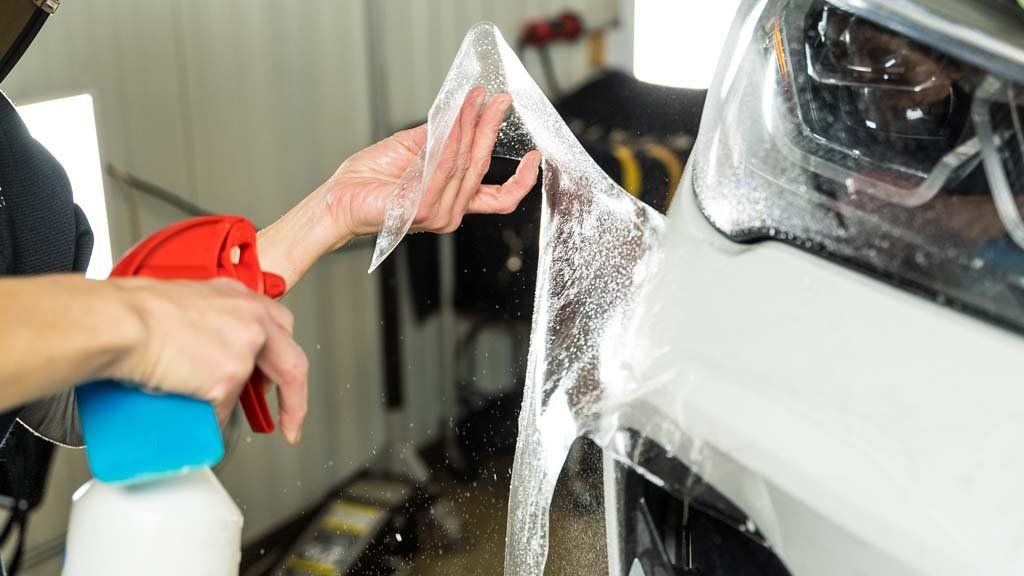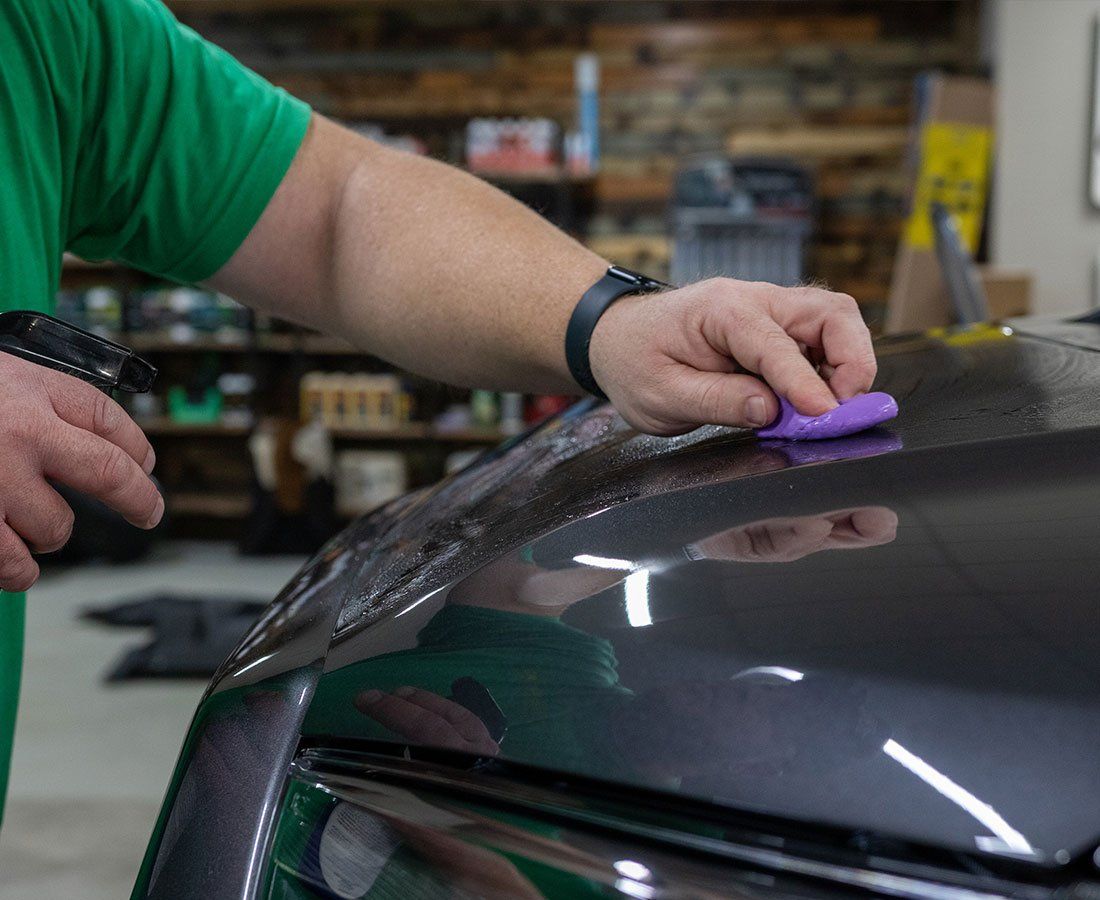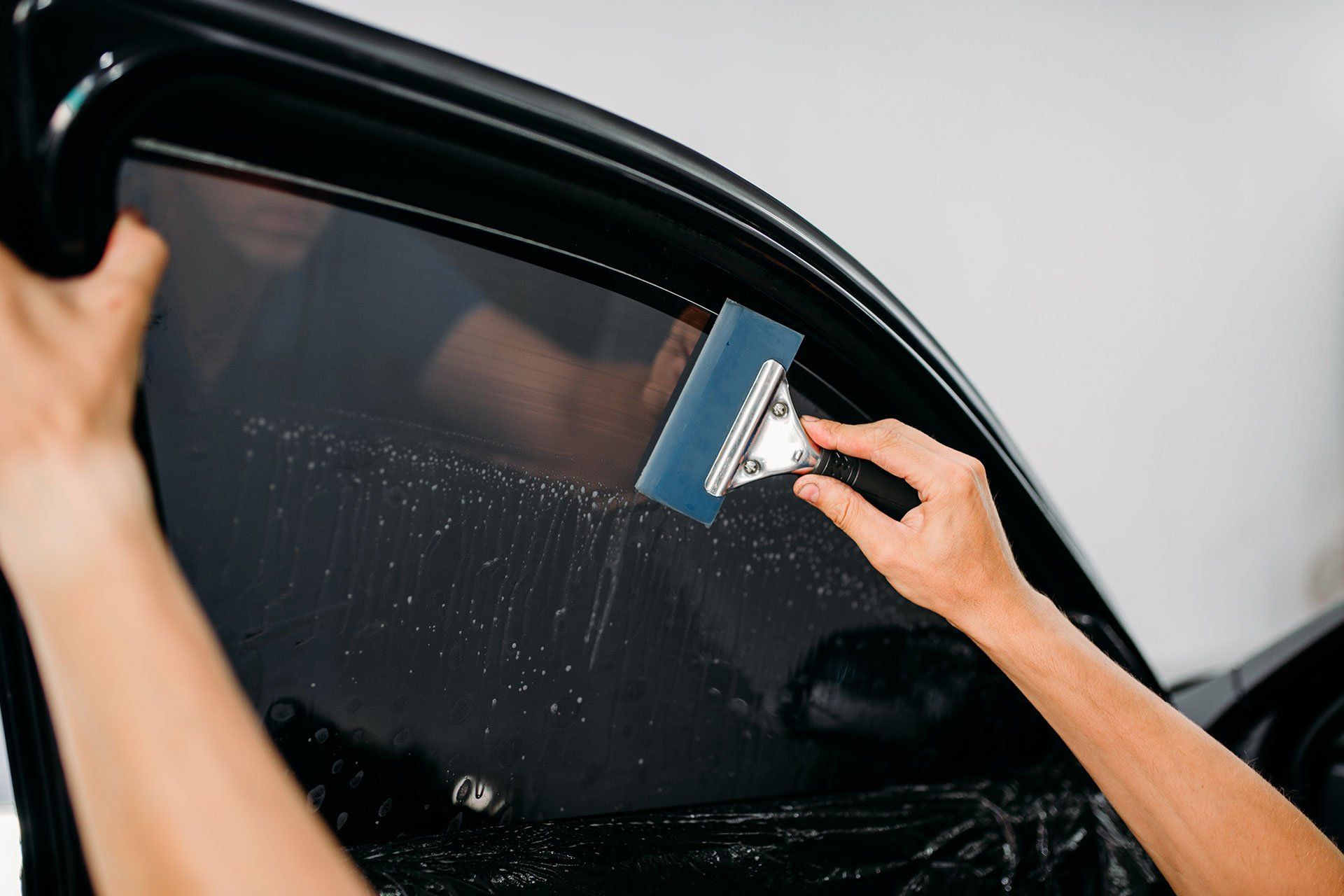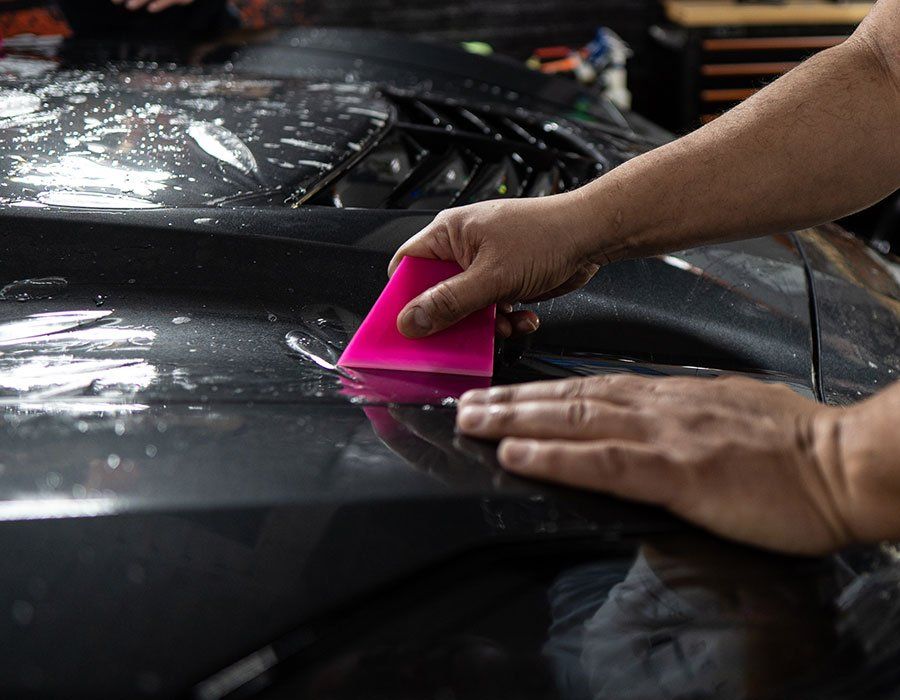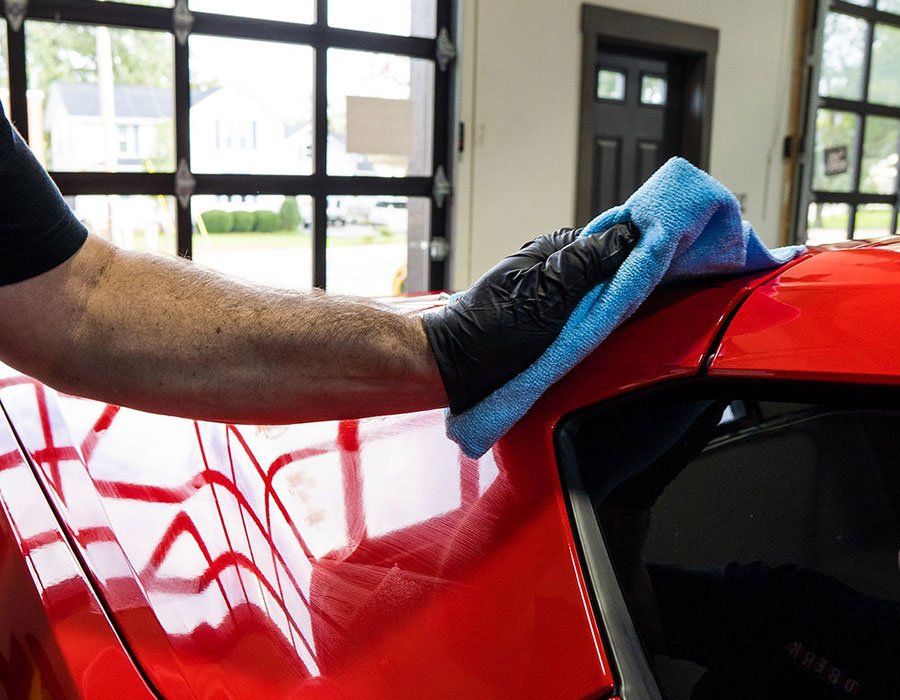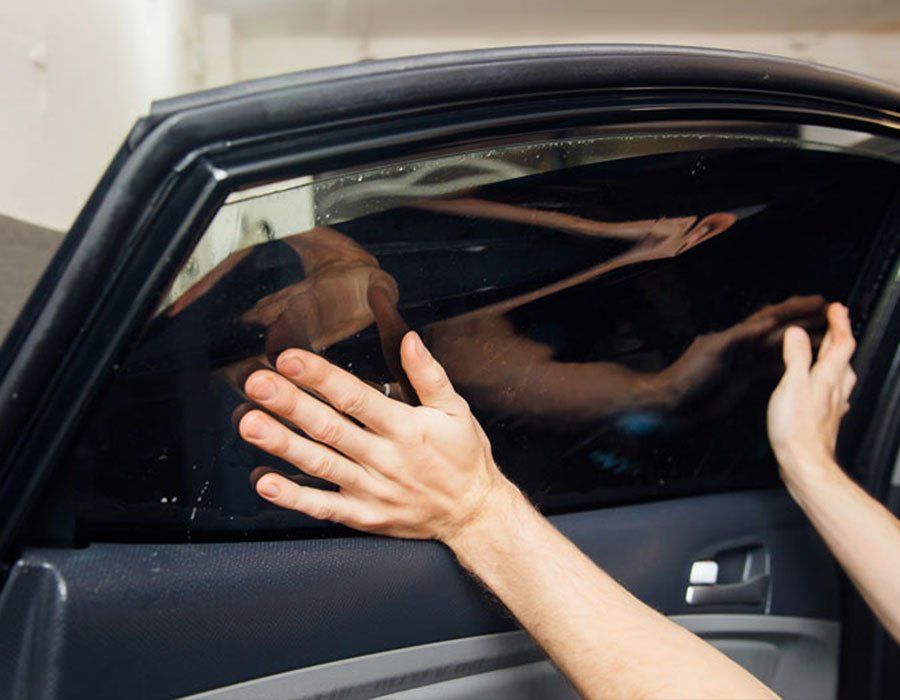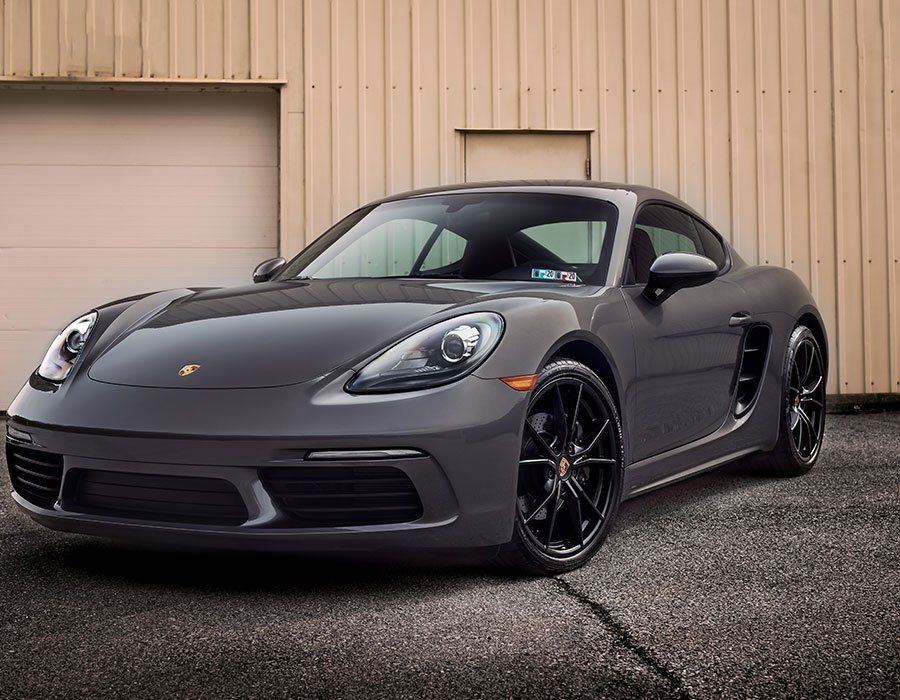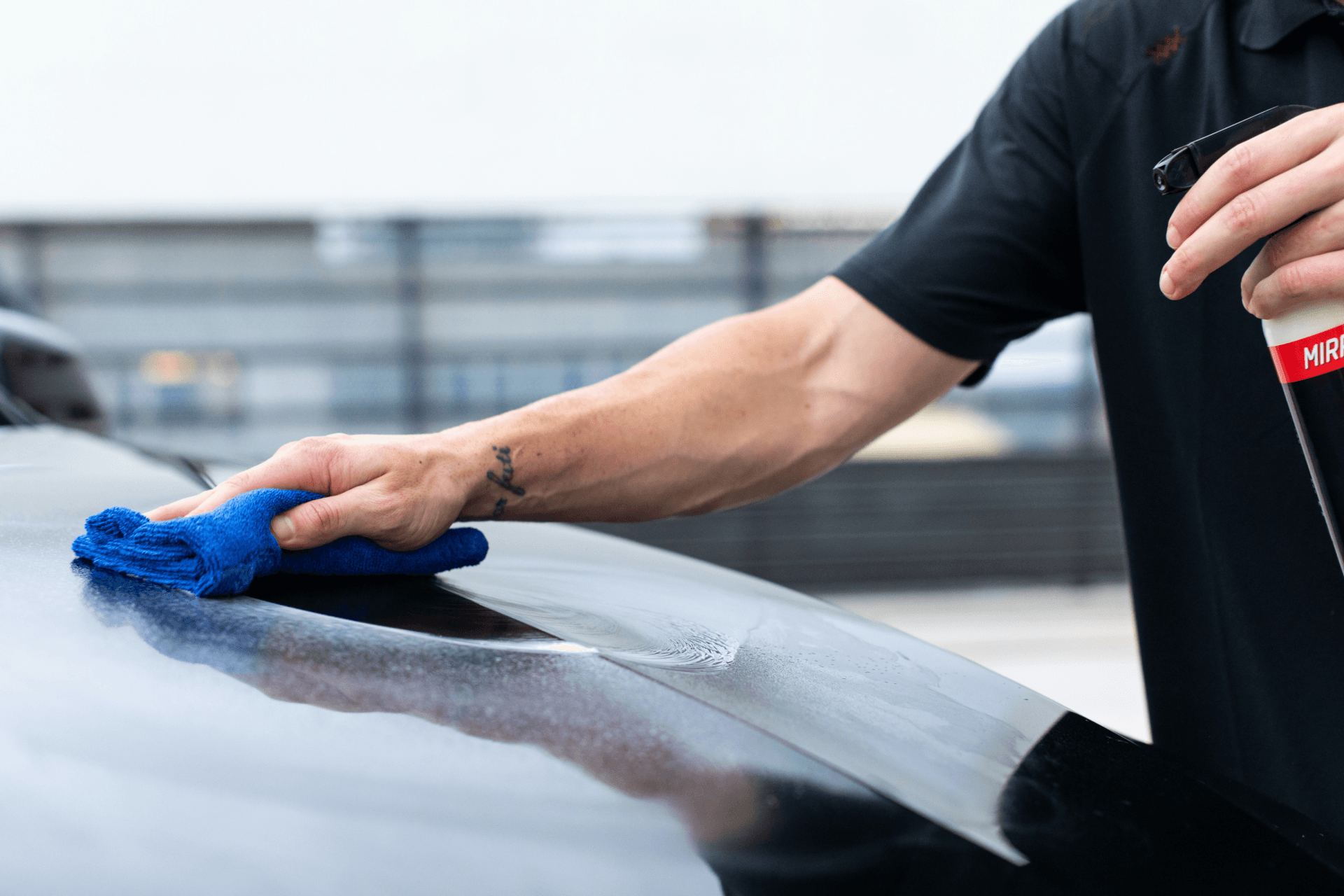
You undoubtedly want your car to always appear brand new. As a result, you wash it thoroughly on a regular basis and apply automotive wax every few months. Despite your best efforts, you may notice scratches, stains, swirl marks, and chips on the exterior paintwork of your vehicle.
Maintaining the paint on your car can be difficult, which is why ceramic coating has proven to be a better solution. What exactly is a ceramic coating, and how much does it cost to get this vehicle protection solution? Not to worry, this article addresses all of these questions and more. Continue reading!
What Exactly Is Ceramic Coating?
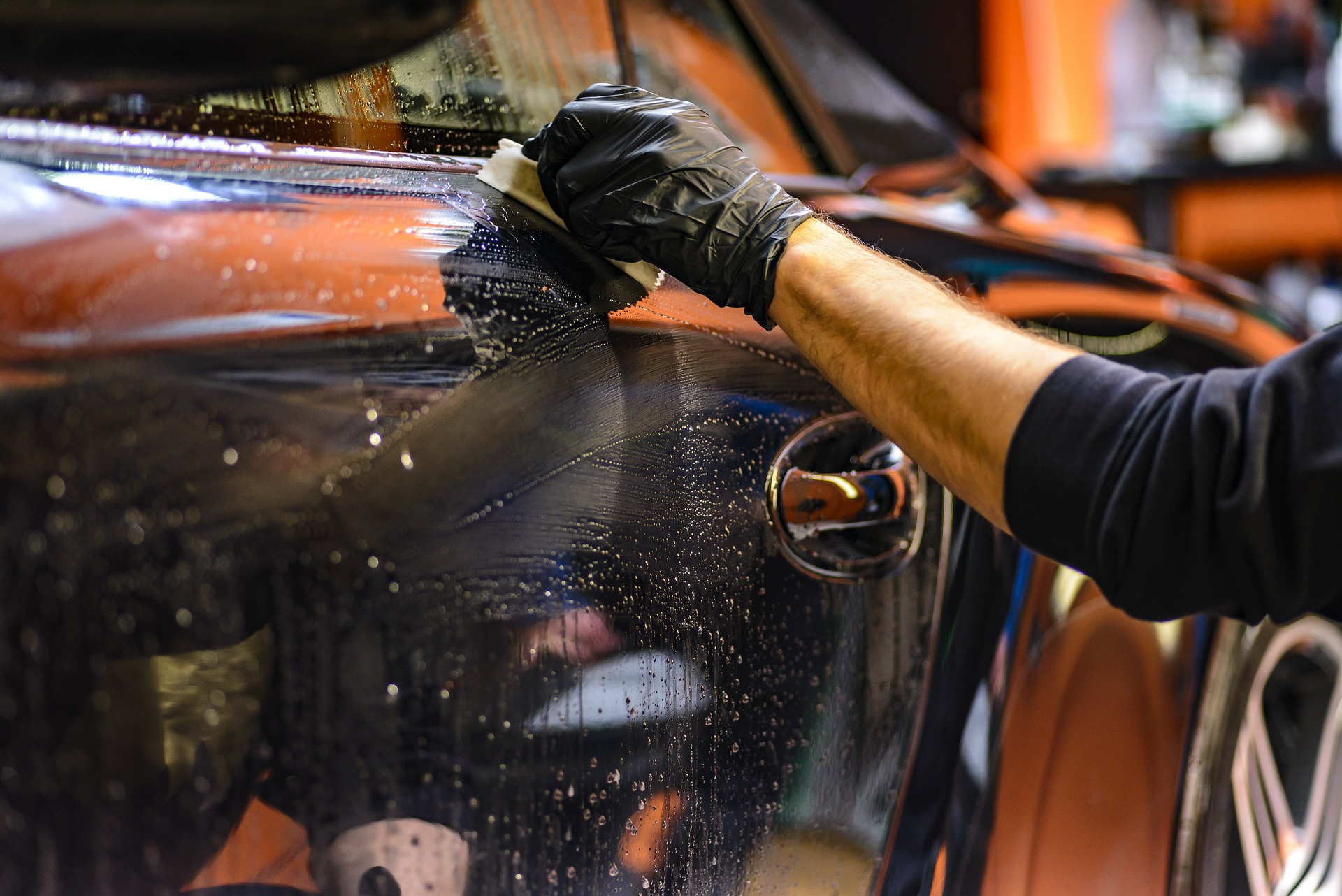
Ceramic spray coating is a liquid polymer solution that is applied to the exterior of a vehicle to protect the paint from external damage. This chemical is not a replacement for clear bra (paint protection film), but it is an alternative to waxing. Ceramic coating products chemically bond with the paint of a vehicle to form an invisible hydrophobic layer of protection.
This liquid, also known as "nano-ceramic coating," is typically applied by hand and is a permanent or semi-permanent solution for preventing dirt, grime, and stain marks from appearing and destroying the car's clear coat. Professional-grade ceramic coatings and consumer-grade ceramic coatings are the two types of ceramic coatings. Professional-grade car coatings last the longest and shine the brightest. In contrast, consumer-grade ceramic coating, while equally good, does not cure as hard as professional ceramic coating, resulting in a lack of deep shine and durability.
What Is the Purpose of a Ceramic Coating for Cars?
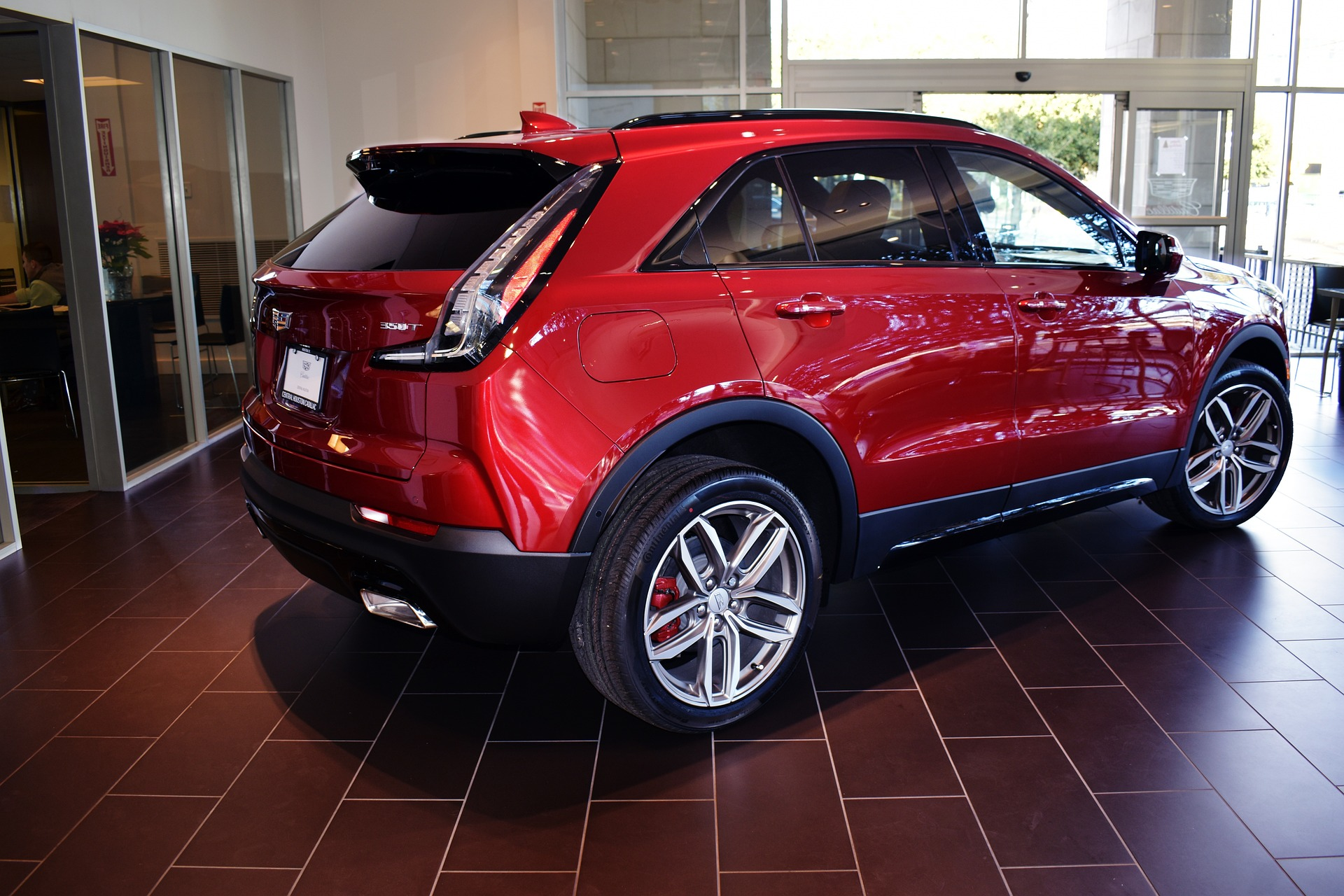
The ceramic coating acts as a second layer of protection on the car's surface. Every car has a primer, a base coat of paint, and a clear coat that protects the paint from the elements. As a result, the ceramic coating is applied on top of the clear coat to seal the pores of the vehicle's paint and provide resistance to extreme heat, chemicals, scratches, and ultraviolet rays.
As a result, a ceramic coating increases the lifespan of a car's paintwork and protects it from airborne pollutants, chemicals, and weather conditions such as acid rain. It also gives the vehicle a clear sheen, which makes cleaning easier and gives it a new look.
How Long Does Ceramic Coating Last?
The ceramic coating does not degrade or wash off over time due to silicon dioxide and other molecular components that form a semi-permanent bond with the surface of your vehicle. Instead, depending on the application, this protective coating lasts between 2 and 7 years.
How Much Does a Ceramic Coating Cost?
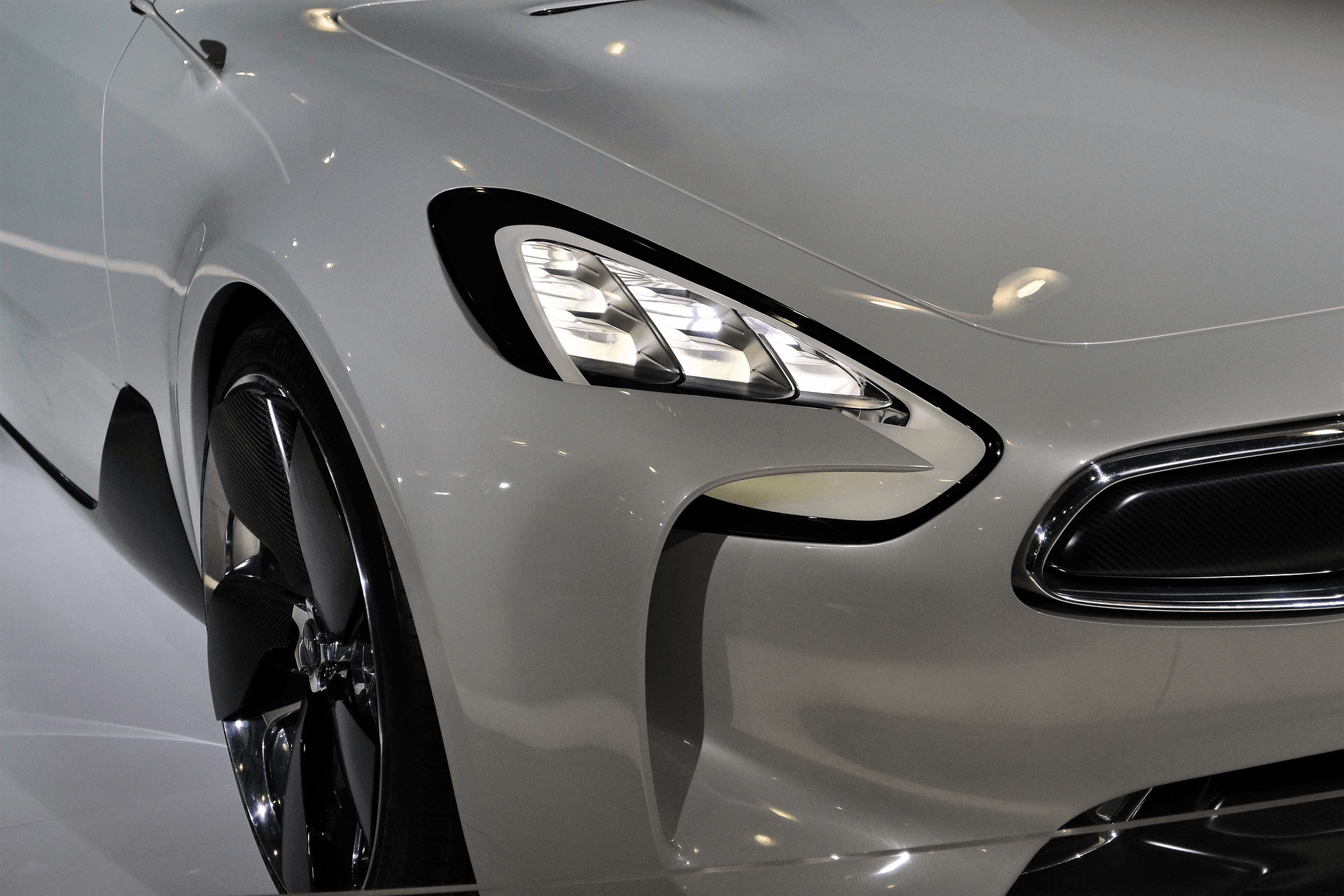
A ceramic coating product protects your car's paintwork and, if properly applied and maintained, should last for years. A professional's services for your vehicle's ceramic coating typically cost between $1000 and $3000. This cost is determined by a number of factors, including the type of coating you want to apply, the size of your vehicle, and the condition of the paint job.
Furthermore, preparations such as prewashing, paint correction, and panel wiping are required before applying the ceramic coating. All of these factors have an impact on the cost of a ceramic coating service. Because of the cost, many car owners believe that a DIY ceramic coating kit is a better option. However, while DIY consumer kits are undoubtedly less expensive, they do not always guarantee the best results.
Vehicles must be properly prepared before coating, and most DIY ceramic coating kits do not detail the prep procedures. As a result, you will almost certainly make some mistakes and end up having to spend more money to correct them.
Benefits and Advantages of Ceramic Coating
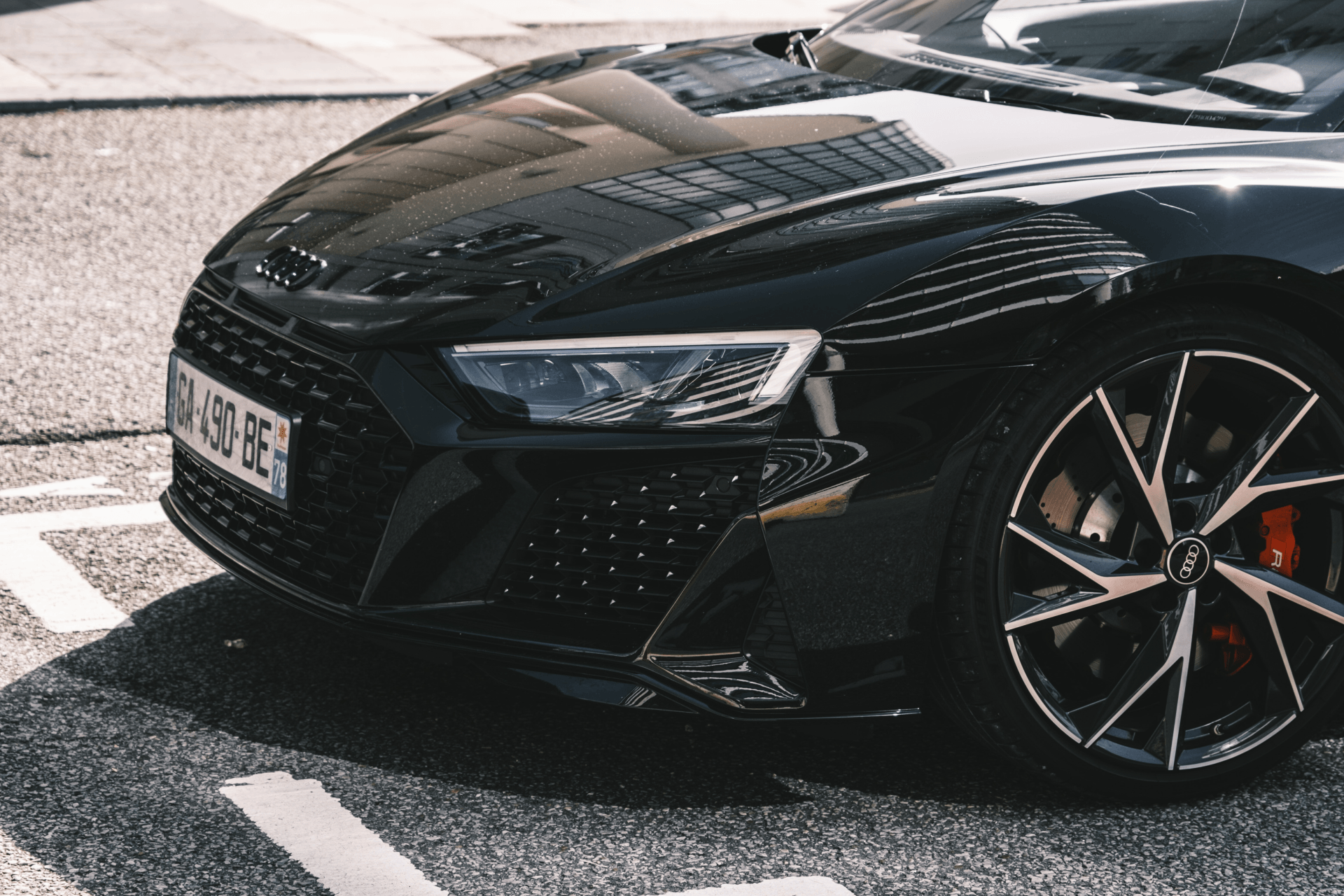
Ceramic coatings' effectiveness and benefits cannot be overstated. A ceramic paint coating will not make your car bulletproof or invisible, but it will significantly reduce minor damage. This nano-coating is commonly used to protect car paint and offers the following advantages:
- The hydrophobic properties of the ceramic coating prevent fading of the car's paint by protecting the exterior of the vehicle from harmful UV rays.
- Protection from chemical stains caused by air pollutants, chemicals, and unfavorable weather conditions.
- Easy cleaning and maintenance. When you apply a ceramic coating to your vehicle, it becomes easier to remove dirt, bird droppings, and debris when washing it.
- It improves the car's appearance by preventing minor scratches and making the paint look as good as new.
- Eliminate the need for continuous car waxing.
Is Ceramic Coating Worth It?
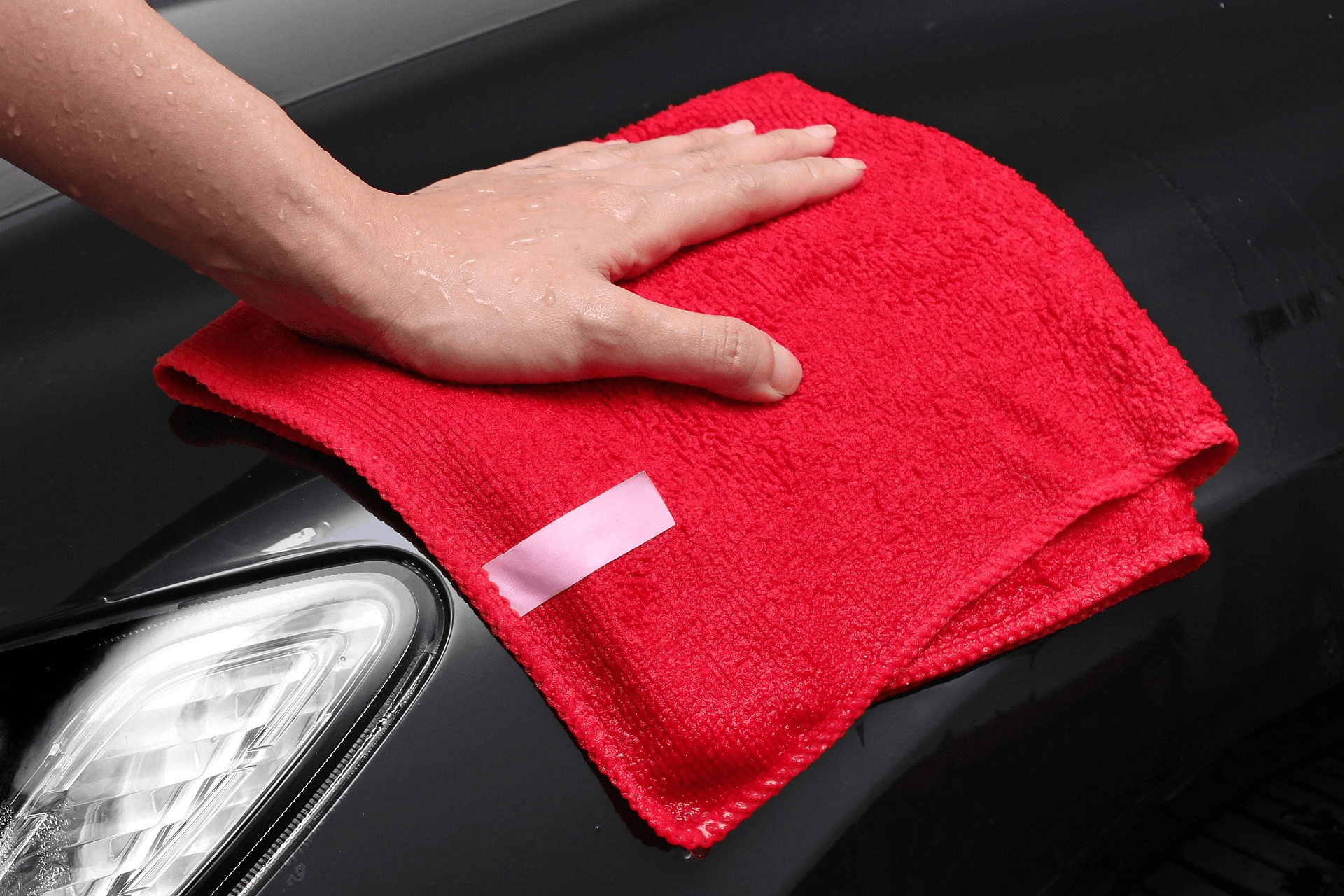
Yes, it is worthwhile to apply a ceramic coating to the exterior of your vehicle. This coating provides a superior layer of protection for your car's surface while saving you the extra cost of monthly waxing.
Although DIY ceramic coating appears to be a less expensive option, it frequently produces less desirable results. As a result, hiring certified professionals is always the best option.The type of result obtained will be determined by the applicator and the type of ceramic coating used. If the right product is used and the process is done correctly, you will have a protective layer that will last 5 to 7 years.
Getting Quality Ceramic Coating Services in Tarpon Springs, FL
Fortunately, Auto Film Guys has been identified as the best ceramic coating installer in Tarpon Springs, FL. We are your best option for getting the best ceramic coating results because we work with a team of highly trained and experienced car coating experts.
Our ceramic coating services are available in packages that are tailored to your specific requirements and budget. Our ceramic coating services are also covered by a 5- to 9-year warranty. The Auto Film Guys provide maintenance services for our existing ceramic coating, ensuring that it remains in the best possible condition for as long as possible. So get in touch with us right away for a durable and high-quality ceramic coating.
The Auto Film Guys Blog
